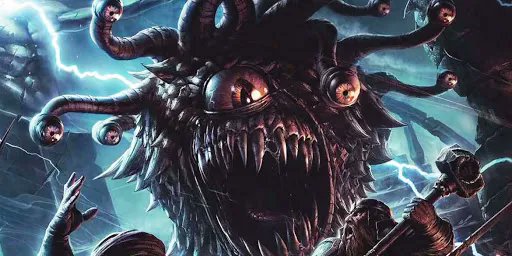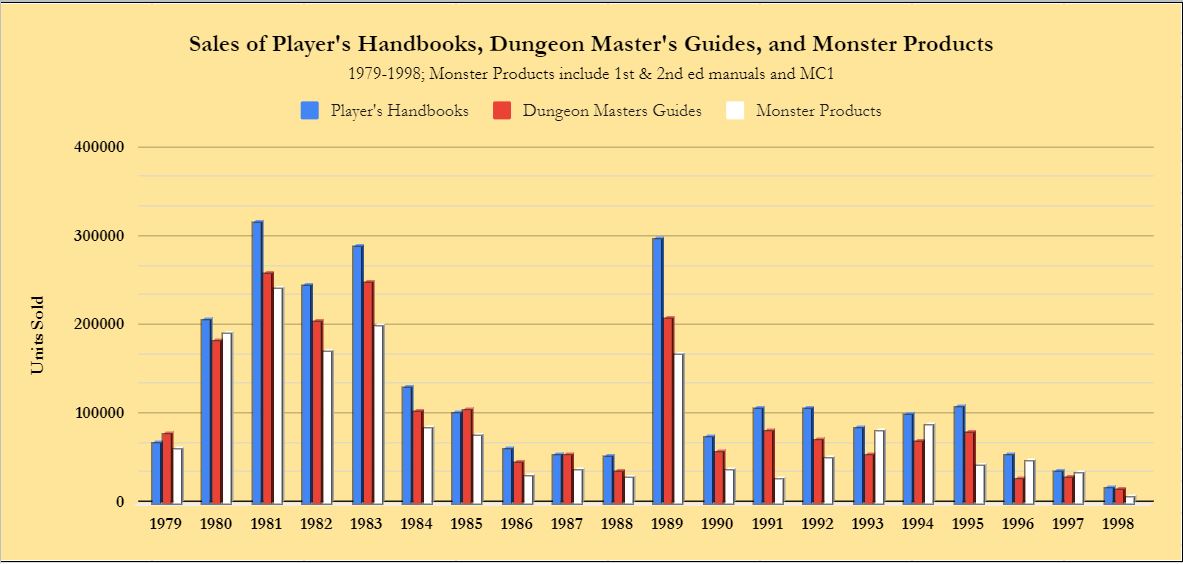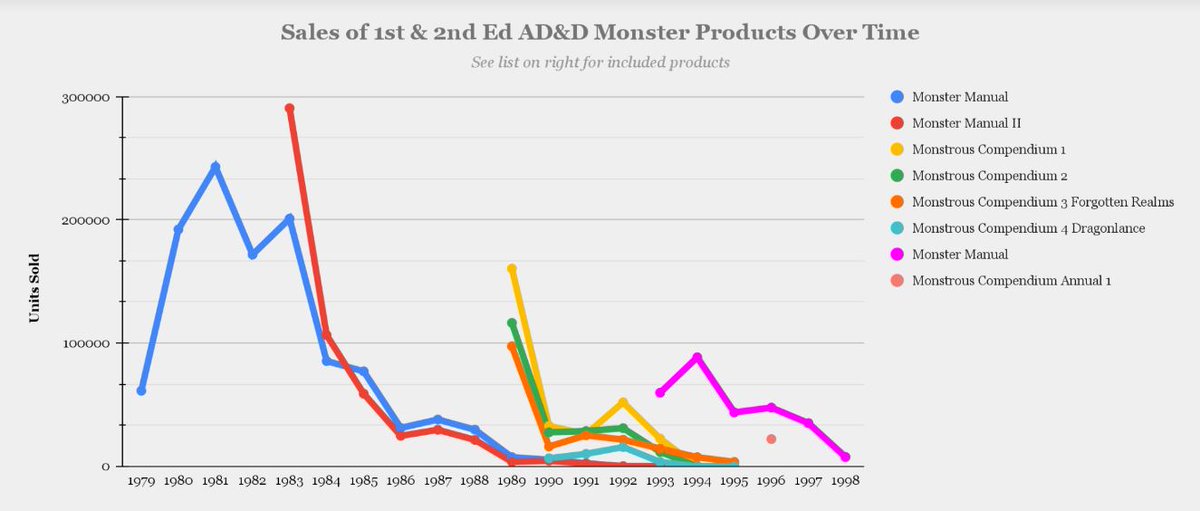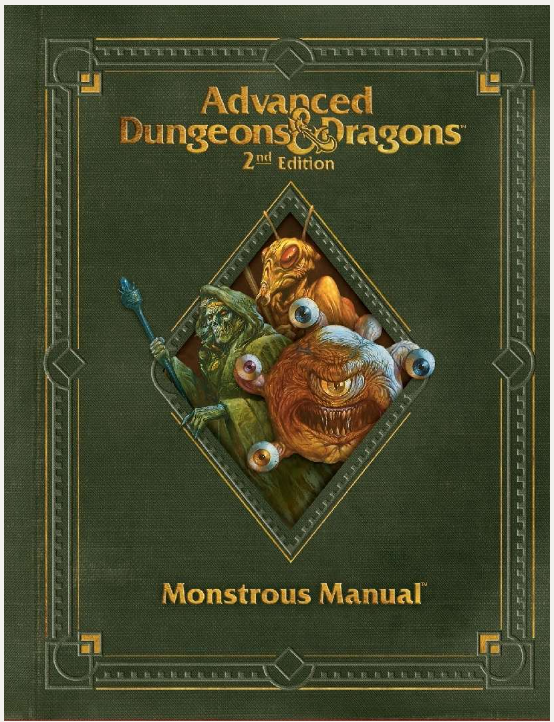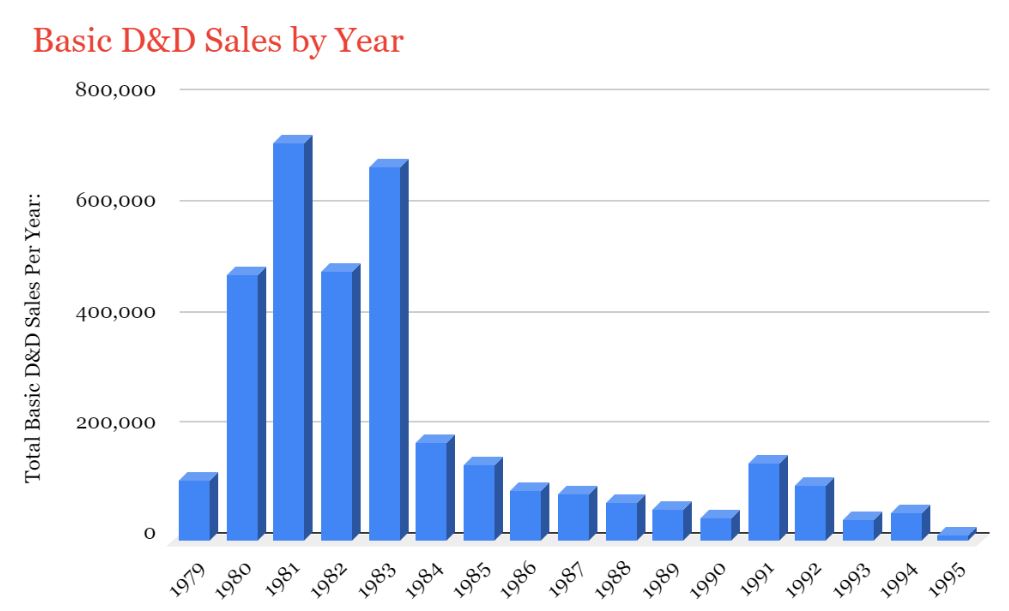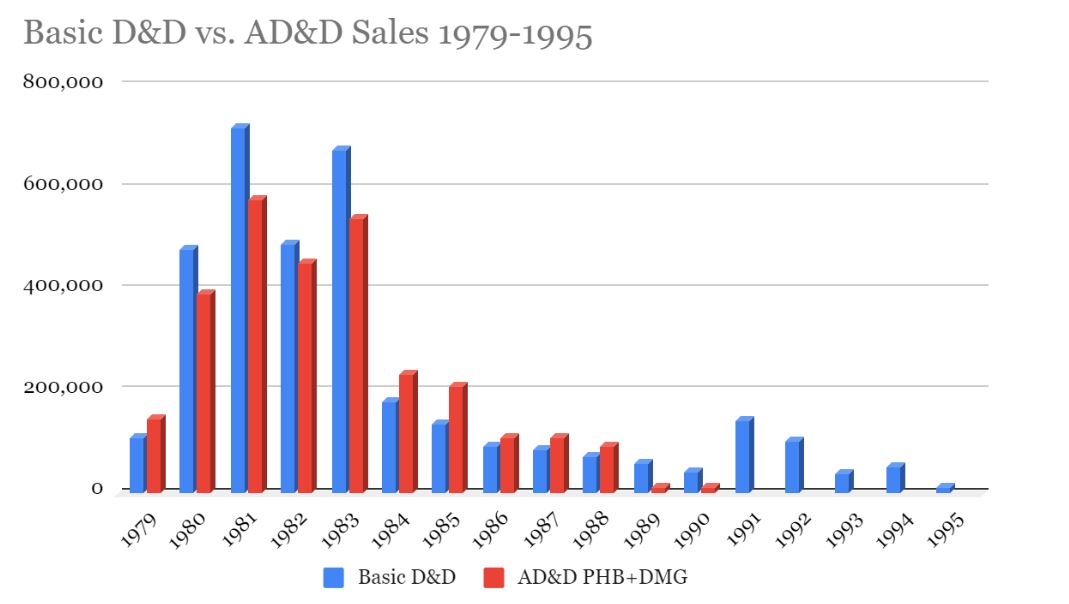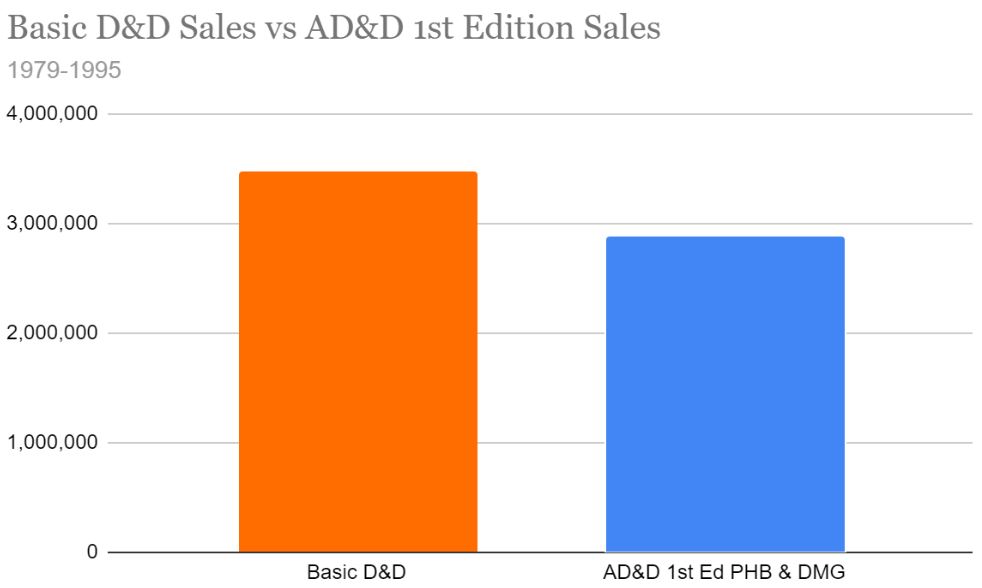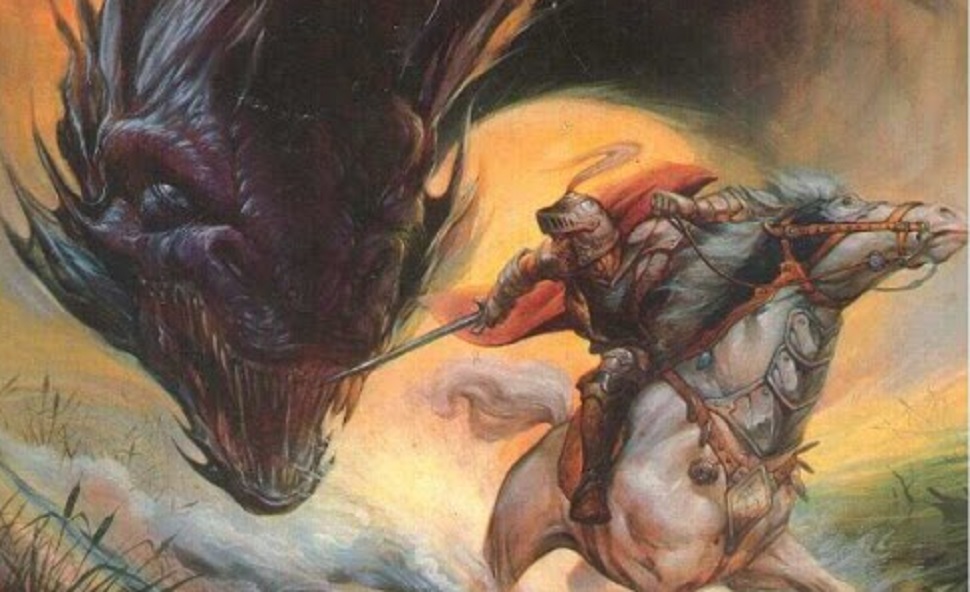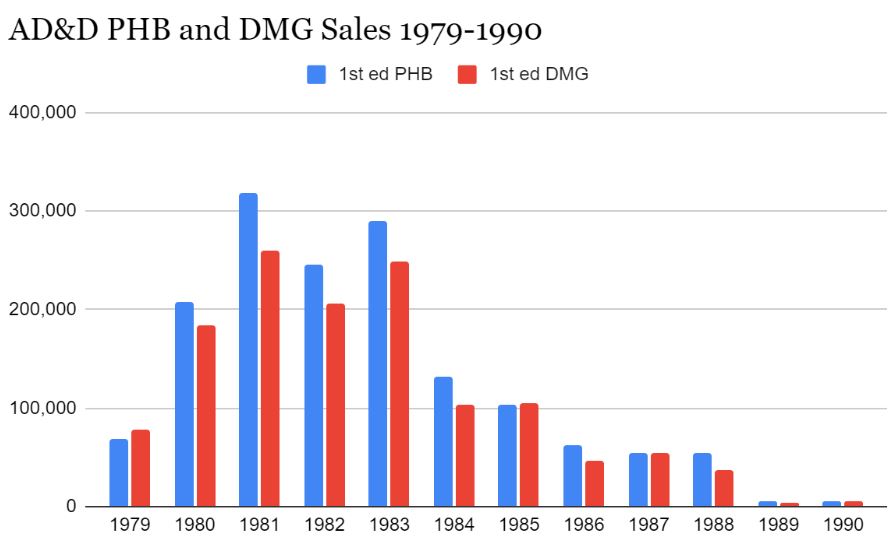D&D’s digital future seems increasingly likely.
I thought those panicking about an all-digital future for D&D were alarmist. After all, I said to me, WotC makes a lot of money selling books. Why would they stop? Or even de-emphasize them?
I thought those panicking about an all-digital future for D&D were alarmist. After all, I said to me, WotC makes a lot of money selling books. Why would they stop? Or even de-emphasize them?

The events of the last seven weeks have proven me terribly wrong.
Consider:
Sources tell me that in the December firings at Wizards of the Coast, every person familiar with the business of selling and distributing physical books was laid off/retired.
Consider:
Sources tell me that in the December firings at Wizards of the Coast, every person familiar with the business of selling and distributing physical books was laid off/retired.
Friday (1/19/24), WotC posted a number of job openings. Ignoring the usual profit-driven cruelties, such as early-retiring Liz Schuh who had 23 years experience marketing D&D and posting an opening for a new VP of Marketing with only “15+” years of experience...
..there are hints as to where D&D is going.
And to my mind, it ain’t looking good for us grognards and book-lovers. Again, it seems like the management at WotC doesn’t understand what D&D is, or they really wish it was something else.
And to my mind, it ain’t looking good for us grognards and book-lovers. Again, it seems like the management at WotC doesn’t understand what D&D is, or they really wish it was something else.
That same description for a marketing VP says they’ll be “driving successful subscription campaigns.” (Because D&D of course needs subscribers! We all remember the famous Gary Gygax-conceived, “Buy a Beholder” D&D subscription campaign of 1977.)
Subscriptions? Subscriptions for D&D?
Every hint points to the following: Hasbro wants D&D to be a digital product funded by a subscription service.
Every hint points to the following: Hasbro wants D&D to be a digital product funded by a subscription service.
Oh, and they have not announced a Starter Set to go with the revised 5th (R5) rules, a mistake so big that it really deserves its own post.
• • •
Missing some Tweet in this thread? You can try to
force a refresh


